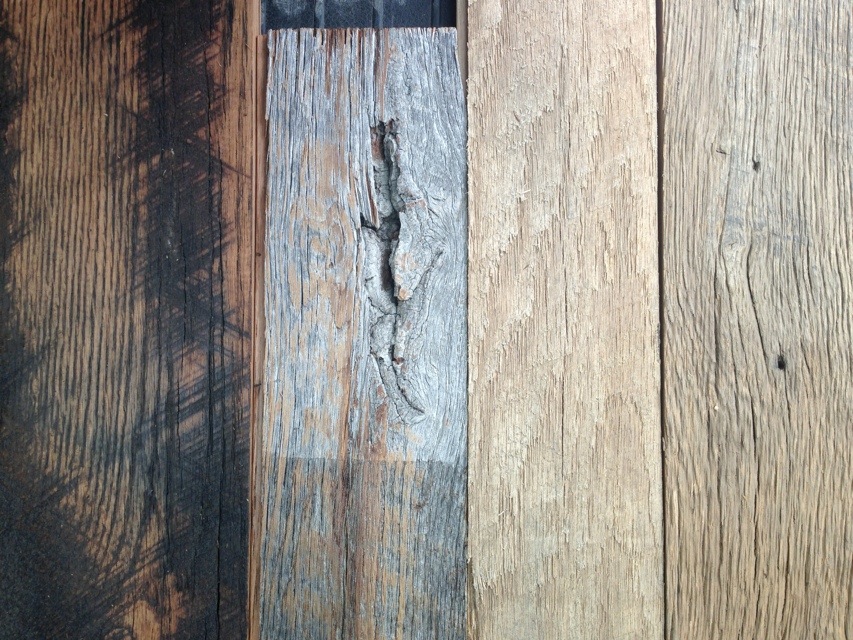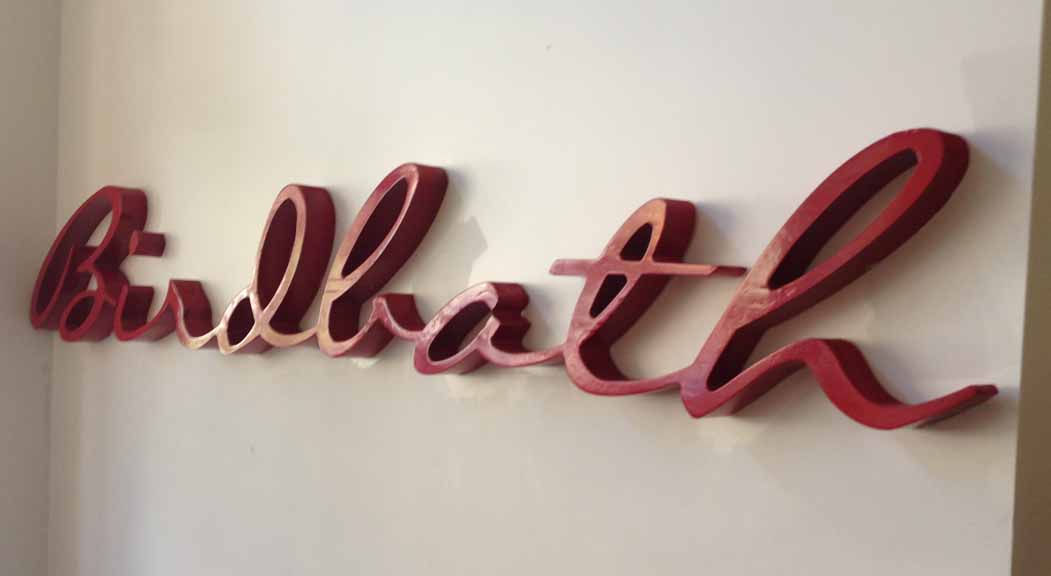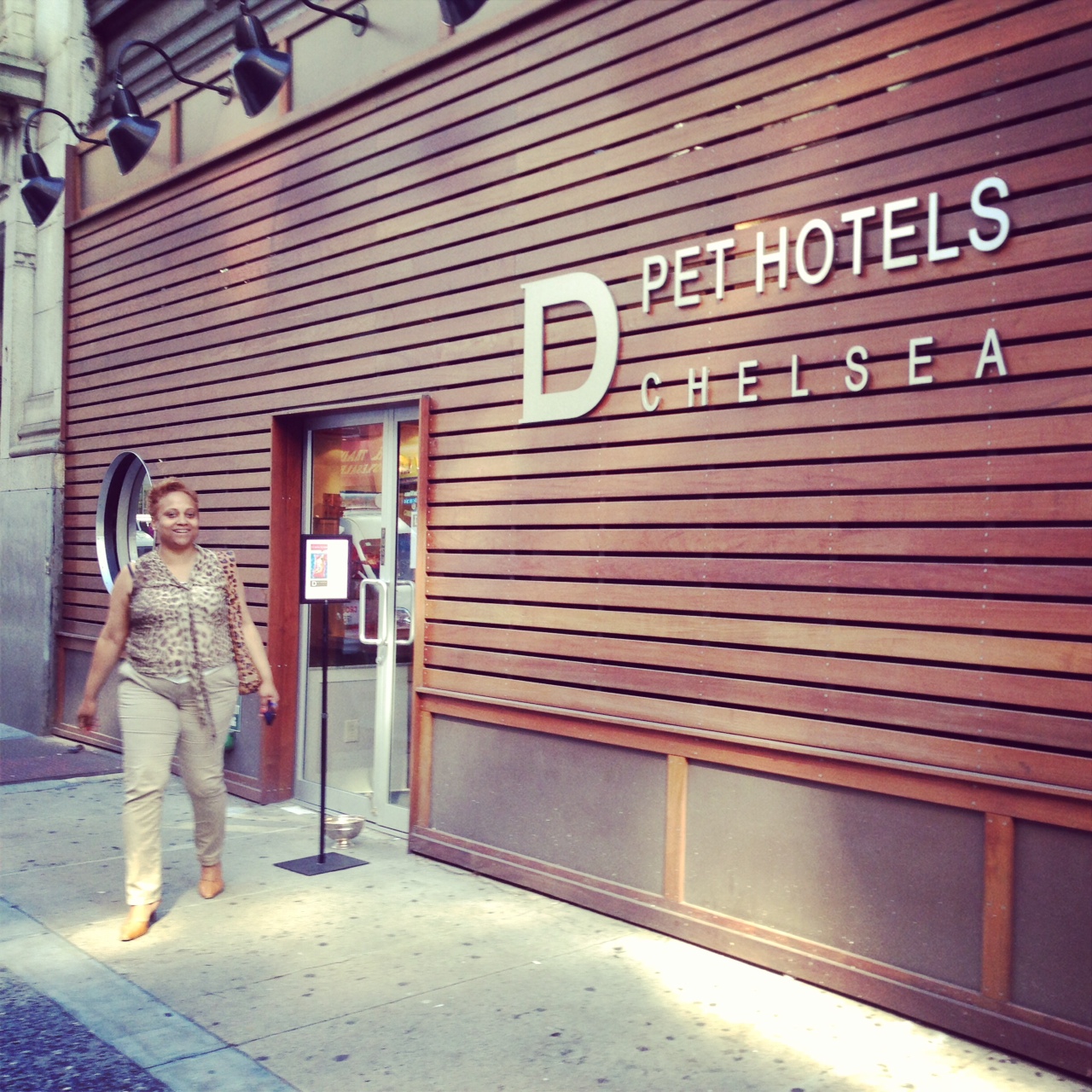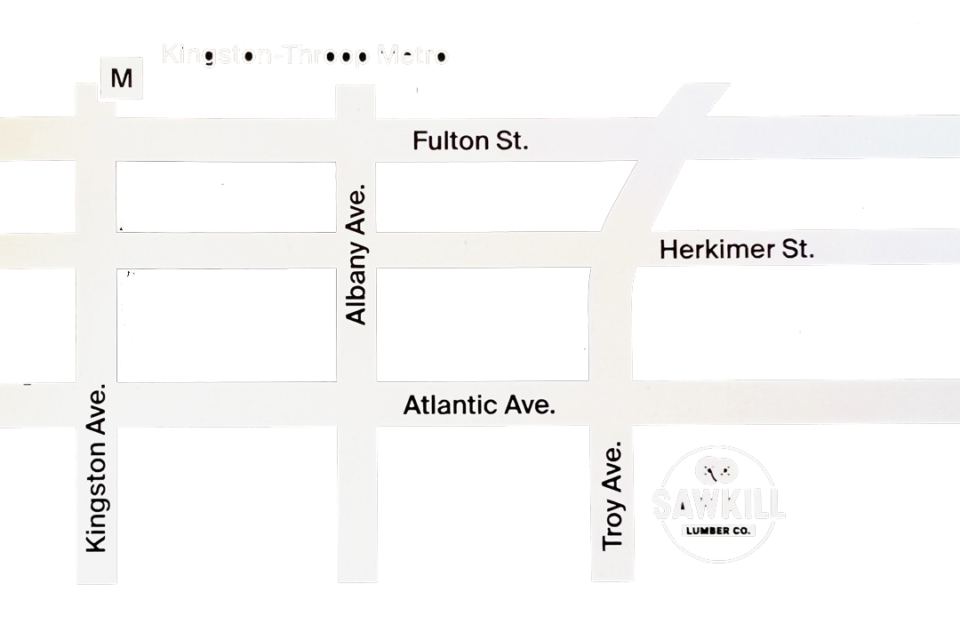At some moment in the late 1800’s, a construction worker hammered an iron nail into a flooring board, joining it to a structural joist below. For over a century, it stayed lodged there, alongside millions of other nails that held a city together.
When an old building is taken down in the 21st century, not a whole lot makes it past the landfill, save the scrap metal and antique lumber (if we’re lucky). Salvaged wood can house generations of embedded nails, and every tiny scrap of it needs to be extracted – or it’s a potential hazard for the sawmill. In the modern re-manufacturing process, de-nailing is like the slow going work of freeing up a log jam. Utilizing hand chisels, hammers, pry bars and metal detectors, the crew develops powerful arms and stamina for the task. Day in and day out, they extract the buried nails from the tight bite of old lumber.
The mark of a nails former presence, other than the tell tale hole, is the “nail bleed”, an ebonized ring of oxidized iron around it’s border. These character marks speak to qualities that do not meet the eye, and can also be a lost buildings smallest and most striking sign of material culture, and a portal to it’s history.
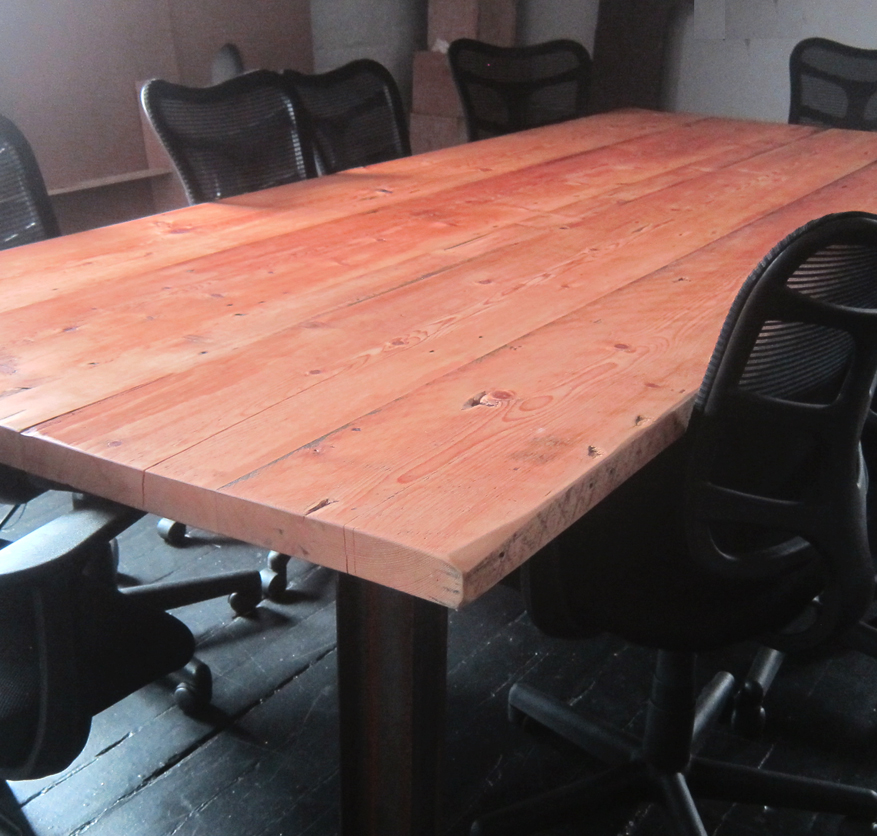 F
F